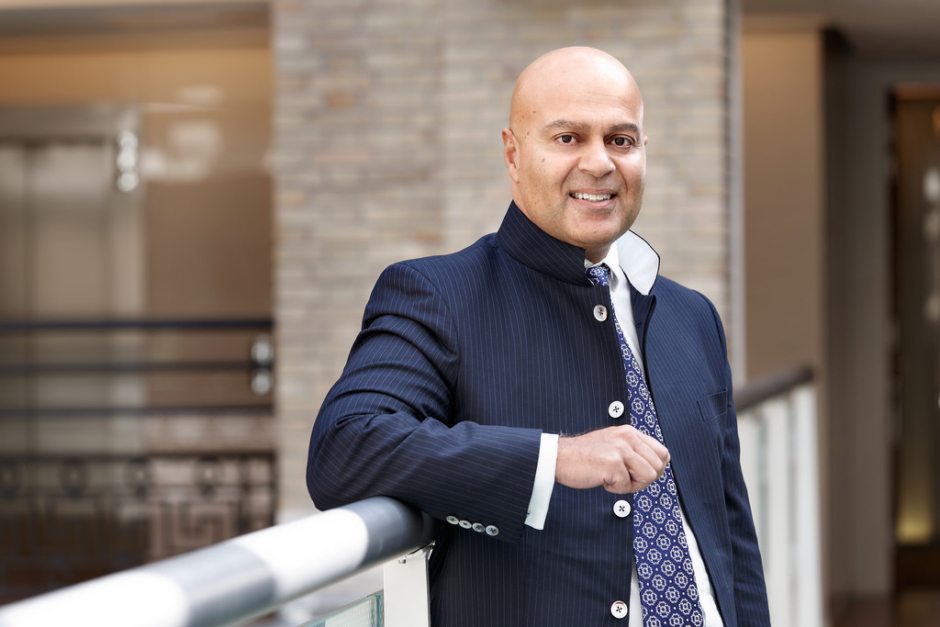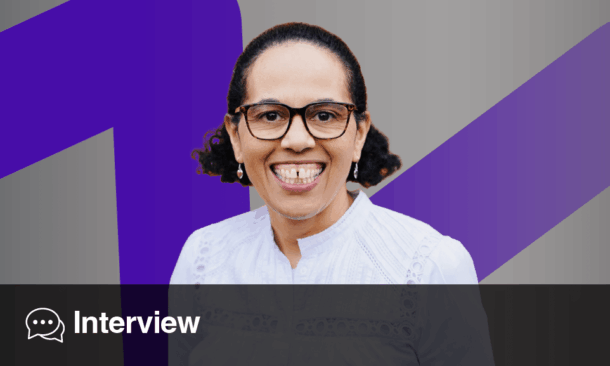Ameet Nathwani, Chief Medical Officer and Executive Vice President at Sanofi
![]()
Interviewed by James Coker | @EMJJamesCoker
![]()
Ameet Nathwani is Chief Medical Officer and Executive Vice President at Sanofi. As a person well known for his interest and work in the use of new technologies in healthcare, he spoke to us about the changes these innovations are making to the pharmaceutical industry and the potential they have to transform the way patients are treated in the future.
Q: To what extent has your earlier career working as an intensive care physician influenced and shaped your outlook towards the pharma industry?
A: When I was working as an intensive care physician in the UK, the relationships between the pharma industry and practising physicians and academia were never that strong, so my experience of pharma was limited to sales reps sitting outside my unit. When I began cardiology research, however, my relationship with the industry became quite strong and I realised how important the research was to the innovative medicines that we were all using. So, I became more intrigued following my exposure to R&D work than I did when I was working in intensive care.
Q: You often speak of the importance of democratising healthcare. How can pharma play a positive role in achieving this goal?
A: I think this is one of the most important things that we, as an industry, need to look at more holistically. We should not just be developing medicines but also looking at models of care delivery. Another area I feel passionately about is ensuring there is a strategy for access in everything we do that’s not just USA-focussed but also looks at how you can deliver huge innovations in other parts of the world: can we actually build systems with technology that allow us to get our innovations in biology to a broader patient demographic? The other element is ensuring we bring expertise and education to remote places because, as we develop new approaches, our reach allows us to access different parts of the world – this means getting information to patients as well.
Q: What is the key to ensuring pharma fully utilises the opportunities that these technologies provide?
A: The first thing we need is a truly integrated and connected digital strategy. We need to move from the idea people have today – that digital just enables you to do things slightly better – to looking at the potential of doing completely new things. In particular, how do we build new concepts where a technology or an engineering solution with a behavioural nudge and a biologic comes together in a seamless way and allows us to create individualised patient solutions? To do that, we really need to have a digital capability within the company. We need to look at creating systemic drugs plus [technology], or what we call digital therapeutic approaches across our portfolio and make that a core part of our business. We also need to make sure that we partner with the key technology platforms that most accelerate us.
Q: In recent years, what technological approaches have Sanofi undertaken in their R&D programme, and what has their impact been so far?
A: The key thing is looking at ways of reducing the time and cost of clinical trials. We are looking at whether we can do trials from home using wearables that are fully automated and integrated. Today you can catch an uber taxi and access your bank account online: why can’t you do clinical trials online? It’s a bit more complicated in the clinical trial world because of the robustness of the information you need to have, so we’re experimenting on making sure you get state-of-the-art telemedicine approaches from home with this. The other one is how real-world evidence can be enabled for R&D acceleration, so, following the 21st Century Cures Act and the RWE framework that was published recently, we’ve built the DARWIN platform which includes 375 million patients and we’re currently running over 200 RWE projects looking at life cycle strategies. We think that with the framework and the ability of big data approaches, along with the need to accelerate development, this will disrupt the way we do R & D in the future.
Q: In such a large global company, how do you ensure a culture of innovation runs throughout the organisation?
A: It is quite difficult. It’s a problem of being able to continually innovate and walk away from things that you’re good at doing. One of the key things is making sure we understand what digital technologies can do for us in improving patient outcomes. At Sanofi, we have a philosophy of going to see what people are doing in a tech company and our executive committee also does retreats with tech companies; that immersion is a critical part of getting people to see things outside of their own reality. The last factor is having a more enabling governance which allows risks to be taken in experiments but doesn’t try and impose normal decision making. So, we’ll allow people to experiment, but safely and with a focus and structure. Hopefully that will then permeate as a culture if done at scale.
Q: In an era that has seen big pharma meet big tech, what excites you most about the potential this partnership has to disrupt the industry?
A: This is probably the most exciting time in our industry right now. We’re finally able to develop genetic and cell-based treatments, and, through the power of computational biology with artificial intelligence, you can now look at protein–protein interactions at scale and even recreating cells. It’s a brilliant time in the field of science and biology and its enabled by technology. The other thing that excites me is patient empowerment, again aided by tech. We’re now at a point where patients can own their data, understand their diseases much more, and participate in decision making. If you can use your mobile phone as your e-health record and maybe commoditise it by selling your data for research, participate in research remotely, or have your records online that you can actually understand and increase your self-care, that may change the costs of healthcare delivery.
Q: Finally, who or what inside or outside the industry inspires you and helps you shapes your ability to bring innovative, lifechanging solutions to patients?
A: Today it’s the tech industry that excites me most; for example, the start-ups in the tech health side, where you’ve got young millennials motivated to improve health, coming up with fantastic ideas, and making health a frictionless concept. For me, it’s a combination of industries that are transforming the whole gene therapy area right through to developing digital therapeutics, which are now appearing for the first time. At Africa Tech, I saw small groups of people organising themselves to deliver education to the most remote parts of Africa or developing telehealth approaches to diagnose retinal eye disease in remote areas. That’s inspirational to me because they’re finding incredible solutions; so, it’s no one person or industry or thing I can point to, it’s the whole ecosystem that I find pretty amazing right now.








